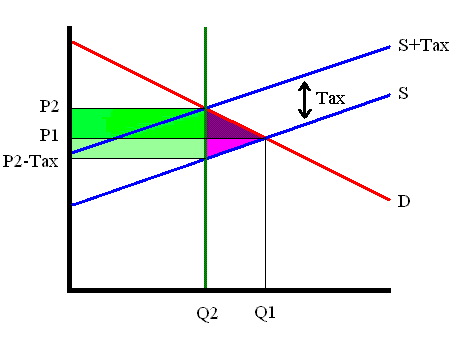In light of the ongoing Takshashila-Hudson conference on Shaping India’s Growth Agenda, it is instructive to revisit some fundamentals of GDP and GDP growth.
- Real GDP grows when there is more economic activity in the region in this time period compared to the last time period (the “real” aspect of GDP growth means that growth due to changes in price levels is stripped out)
- We can have more economic activity in two ways – we can have more of existing economic activities, or when new economic activities get created
- An example of the former (increase in economic activities) is if say the production and consumption of mangoes in India rises from 100 units last year to 110 units this year. This implies that there is an increase in the economic activity of production and consumption of mangoes
- In terms of new economic activities, I will take the example of my own business of quantitative management consulting – I help companies use data and quantitative methods to improve their business. I’m providing a service which (say) didn’t exist previously. Thanks to my services, my clients can improve the quality of their business, and their gains from these improvements are more than my fees. Thus my services have resulted in more economic activity
- Every time a policy is proposed that is supposed to “increase GDP”, ask yourself how it will actually result in an increase in GDP – whether it aids more economic activity in existing goods and services or if it supports the growth of new economic activities
- Taxation results in increased clearing price and decreased clearing quantity (Econ 101).

The effect of tax/transaction cost on clearing price and quantity Once can argue that a reduction in taxes can thus foster greater economic activity. However, it must be remembered that taxation is what funds the government. Hence it is not prudent to reduce taxes too much
- Decrease in transaction cost (cost paid by buyer but that doesn’t go to seller) leads to increased quantity of economic activity (it works exactly the same way as the tax graph above). Decrease in transaction cost is usually Pareto optimal. Any measures that decrease transaction costs can help foster greater economic activity
- Transaction costs can occur due to multiple ways. In commodity (including food) markets, they can be seen in terms of a high bid-ask spread. Transaction cost, however, is not necessarily monetary. If you need to travel for a transaction, that is transaction cost. If you have to stand in line to buy something, the time spent again is transaction cost. Time spent by goods waiting for customs or octroi clearance is transaction cost
- Focusing on eliminating transaction costs is a sure fire way to spur economic growth. This is why measures such as the GST (which cuts waiting time of goods at inter-state borders, among other things) are important
- It is also important to take measures that allow entrepreneurs to take risks and try and create new classes of goods and services which were hitherto not traded. Thus we need policies that reduce the cost (monetary and otherwise) of starting a business. This includes the time taken to set up a business. This also includes policies that allow an unsuccessful business to be wound up quickly so that the capital and labour hitherto employed can be more profitably employed elsewhere
I can go on (and I realize I’ve gone beyond fundamentals here), but I think this does enough to set the agenda for today’s discussions, so I’ll stop here. Just one last thing – a phrase that is likely to be bandied about a fair bit in today’s conference is “this measure can add X% to the GDP”. Whenever someone says that you need to ask the question of whether it is a one time increase in the GDP or if it can lead to a sustainable increase in GDP growth (that’s the “resident quant” bit for this blog post).